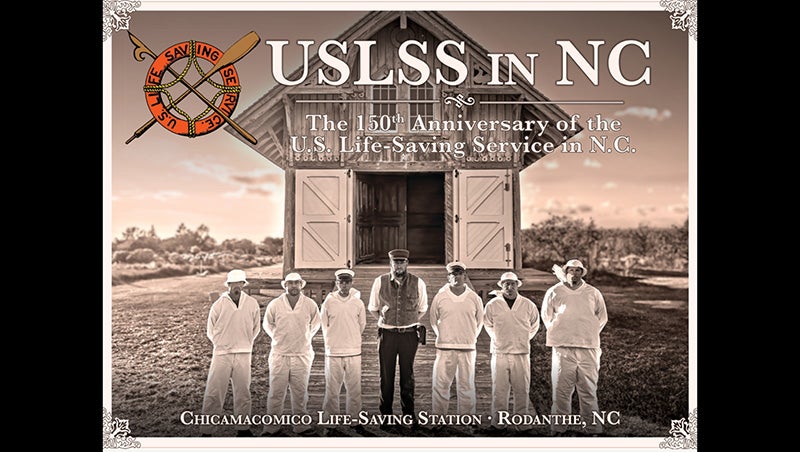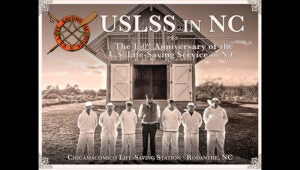USLSS in NC: The Legacy of Lifesaving
Published 1:58 pm Wednesday, January 10, 2024
|
Getting your Trinity Audio player ready...
|
By Jen Carlson
In 1871, The United States Life-Saving Service, which is the predecessor of today’s United States Coast Guard Service, was established to aid victims in traditional shipwreck areas. Earlier means of assistance had failed so the USLSS had the task of restructuring the program to achieve their goal of saving lives. In 1874, the USLSS came to the Outer Banks.
Initially founded as the Sixth District, ten Life-Saving Stations stretched along the coastlines of Virginia and North Carolina. Seven of those stations were found here on the Outer Banks which were located between Corolla and Avon. There was a tumultuous period at the onset of construction but three years after the initial planning stage began the seven stations were ready for service. The Chicamacomico Life-Saving Station was the first in North Carolina to open and was commissioned on December 4, 1874 with the other six stations opening within weeks of each other.
The crews hired were local men who knew the area and more importantly, knew the threats that lay below the surface of the ocean near the shoreline. “You have to go out, but you don’t have to come back,” was the motto these men lived by each day. Regulations were put into place to ensure the crews would be able to respond when lives were in danger and use every mean possible to save lives. Often armed with just cork jackets and wooden boats with oars, their bravery and courage were something to behold.
This series will share some of the incredible actions of these men and how they rose to the challenge of saving lives as well as moments of their everyday job. All seven original stations of the Outer Banks will be highlighted during the year and while some days were more mundane than others, each time these crews headed into the unknown, they made a difference in someone’s life. Their willingness to risk their lives for others is why we are celebrating the #LegacyofLifeSaving this year. We hope you will join us October 11-13, 2024 in celebration as we recognize the lasting impact of these often-unsung heroes. Go to www.chicamacomico.org for details of the events.
All in a Day’s Work
Sometimes it’s the willingness to do what others will not: On January 2, 1887, a lookout from the Nags Head station saw a schooner sailing in towards the land with her ensign at half-mast, union down which means she was showing signs of distress. The schooner put her anchor down about a mile offshore and the station crew immediately launched the surfboat to go to her assistance.
Upon arriving to the vessel’s side, the captain of the Joseph Baymore informed Station Keeper, M.W. Etheridge, that the vessel was leaking, and the crew was refusing to work the pumps. He had intentionally come close to shore in case there was an issue and would need assistance. The Nags Head crew came aboard and pumped the water out of her. After finishing the task, further assistance was refused so the crew returned to shore.
Since bad weather was coming in, the station keeper made the decision to keep watch just in case she had more trouble. For seven days, the men watched from the shore while using a glass to read a handwritten message board used by the crew onboard to relay messages. At one point, flags of distress were flying again, and the message MUTINY was seen. A surfman was sent on horseback to the telegraph office in Kitty Hawk to report the events, while the rest of the crew made a valiant effort to launch their surf boat. The wind and seas were so high that it was impossible to get clear of the beach. Quite suddenly, the Joseph Baymore lowered the flags, raised her anchor, and sailed off into the distance.
READ MORE IN THIS SERIES HERE:
SUBSCRIBE TO THE COASTLAND TIMES TODAY!







